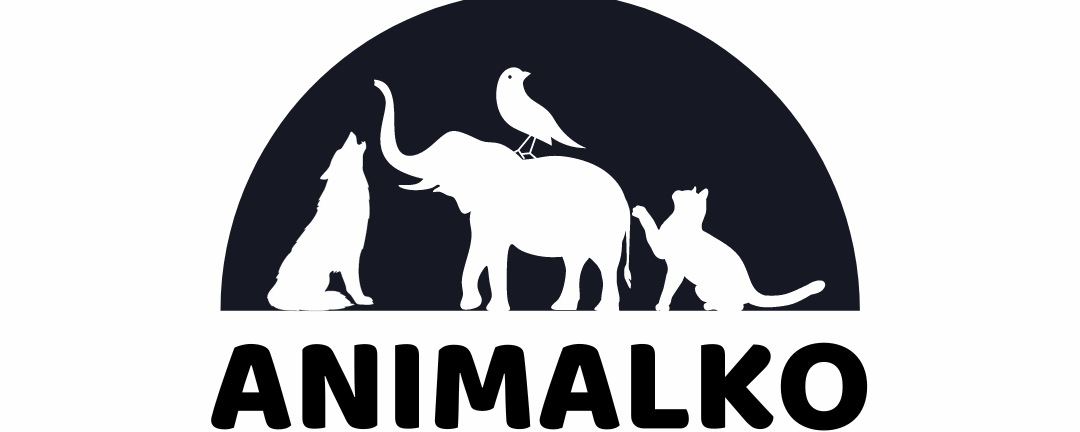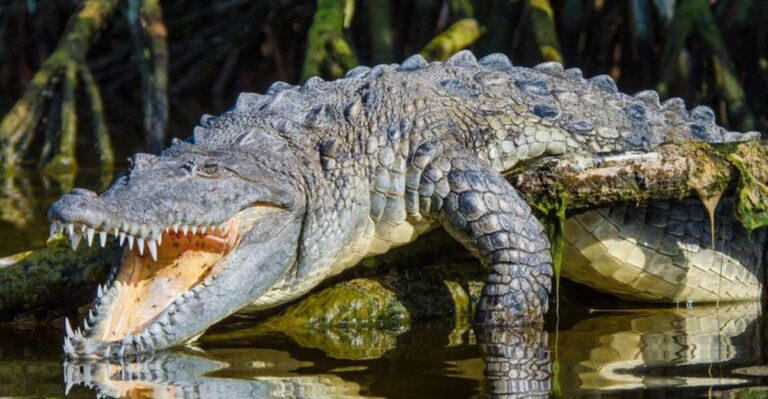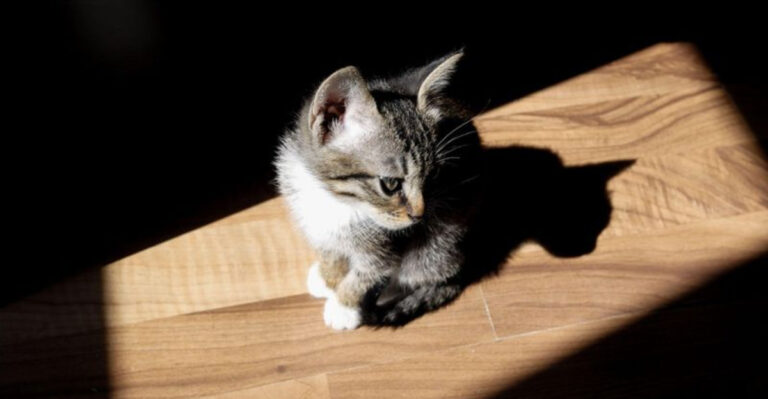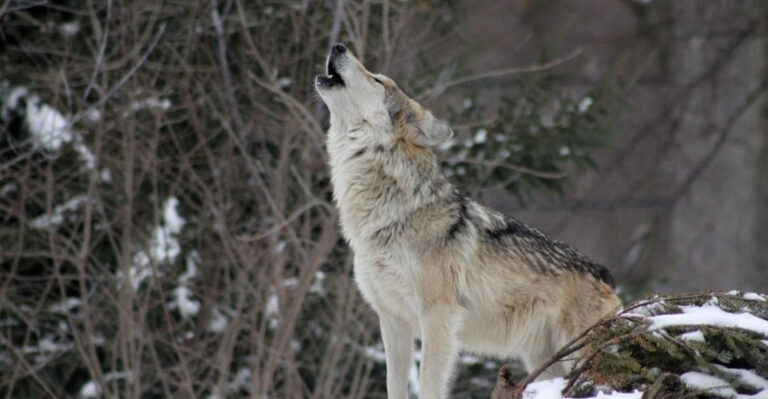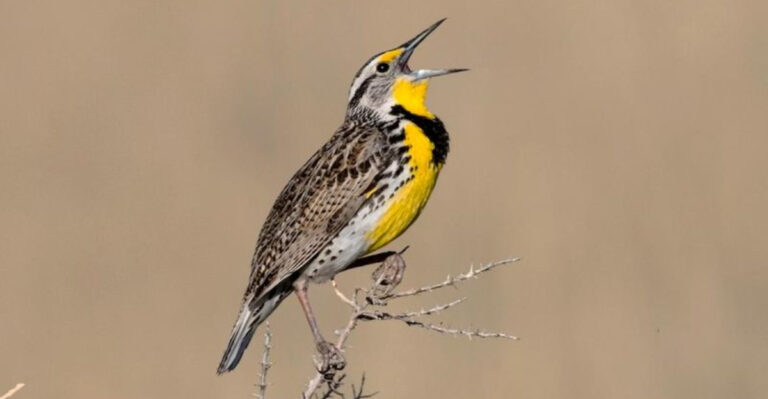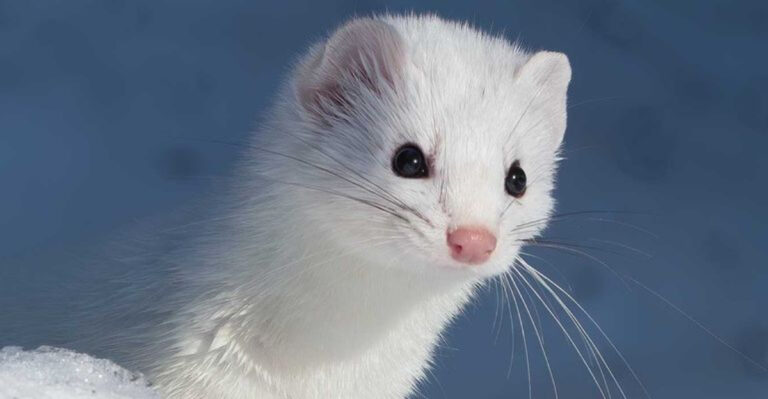19 Brain-Free Creatures That Prove Smarts Come In All Forms
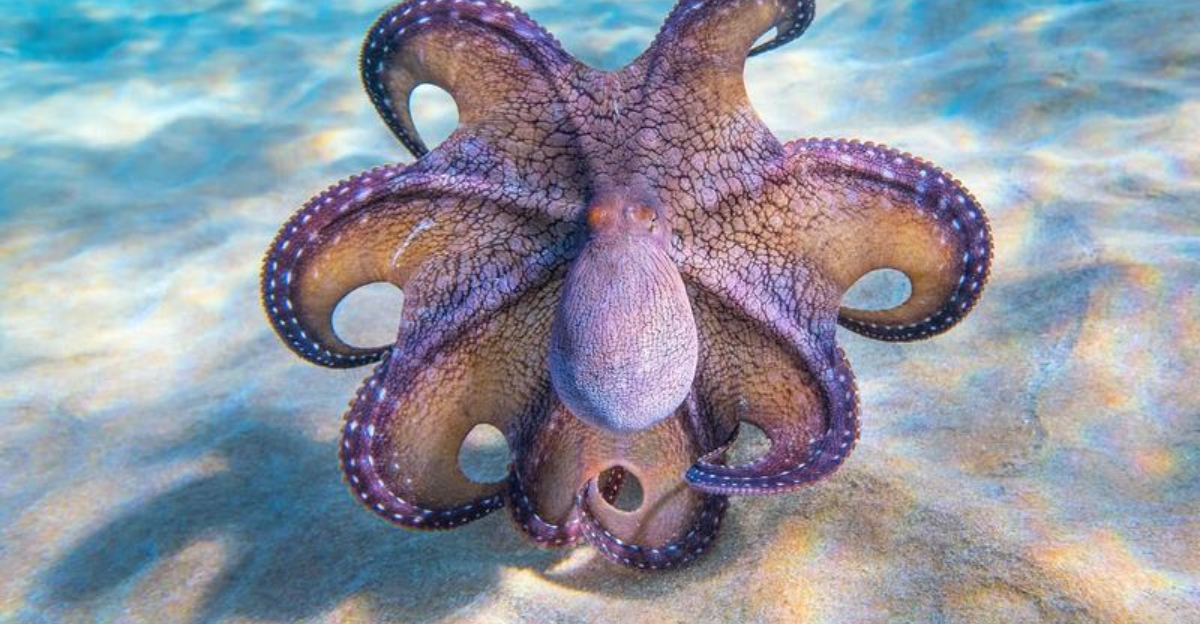
Who says you need a brain to get by? The creatures in this article prove you can easily thrive without one, haha! Explore the fascinating world of creatures that thrive without a traditional brain, showcasing intelligence in various forms.
From the ocean depths to the forest floors, these organisms exhibit behaviors and abilities that challenge our understanding of intelligence.
1. Jellyfish
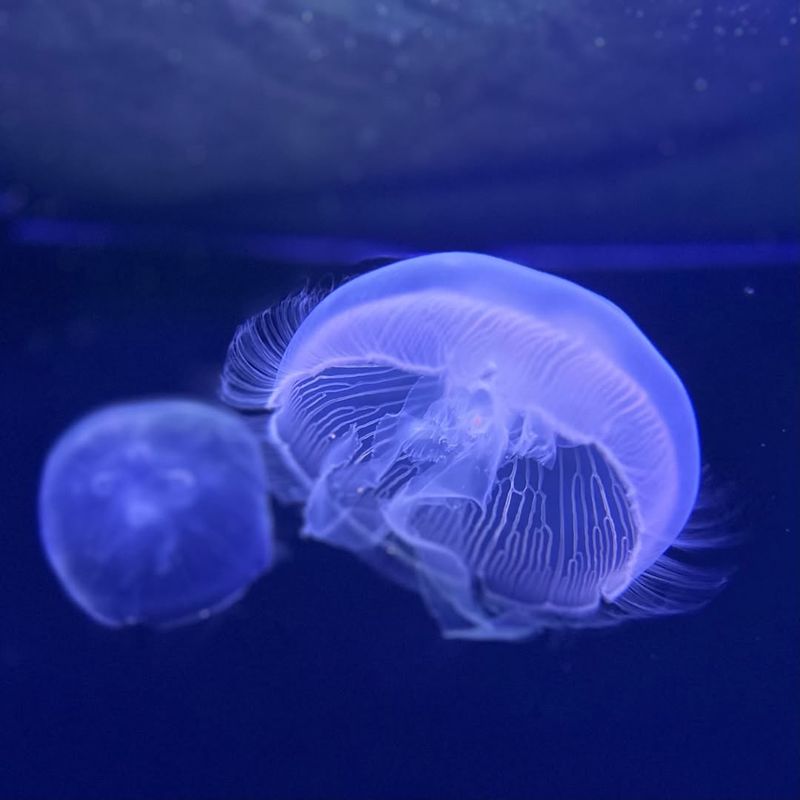
Jellyfish are mesmerizing creatures known for drifting through the ocean with elegance. Despite lacking a central brain, they possess a simple nerve net that allows them to respond to environmental stimuli.
This decentralized system enables them to perform complex tasks such as hunting prey using their stinging tentacles. Their graceful movement is driven by rhythmic pulsations controlled by their nerve cells.
2. Corals
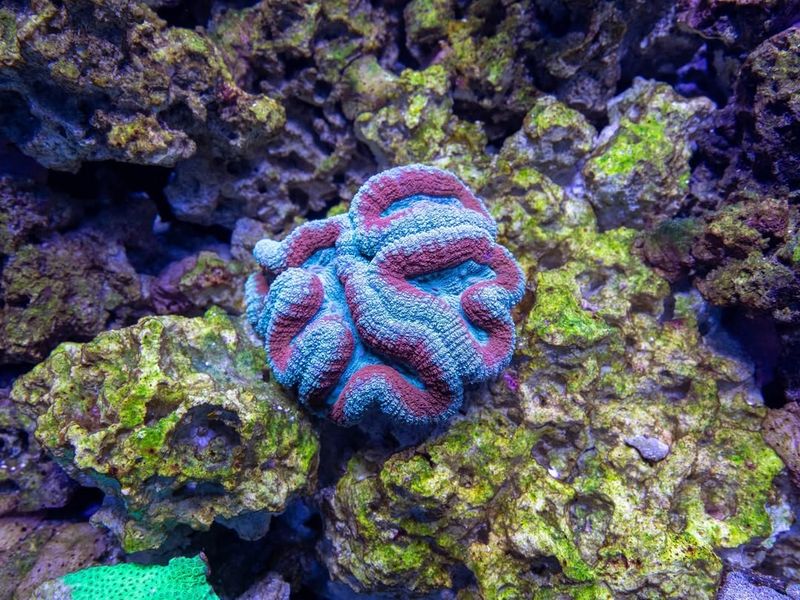
Corals, often mistaken for plants, are actually colonies of tiny animals called polyps. These brainless organisms build intricate reef structures that become bustling marine ecosystems.
Corals exhibit a form of intelligence through their symbiotic relationship with algae, which provides them with essential nutrients. They also communicate chemically to coordinate responses to threats and environmental changes.
3. Sea Sponges
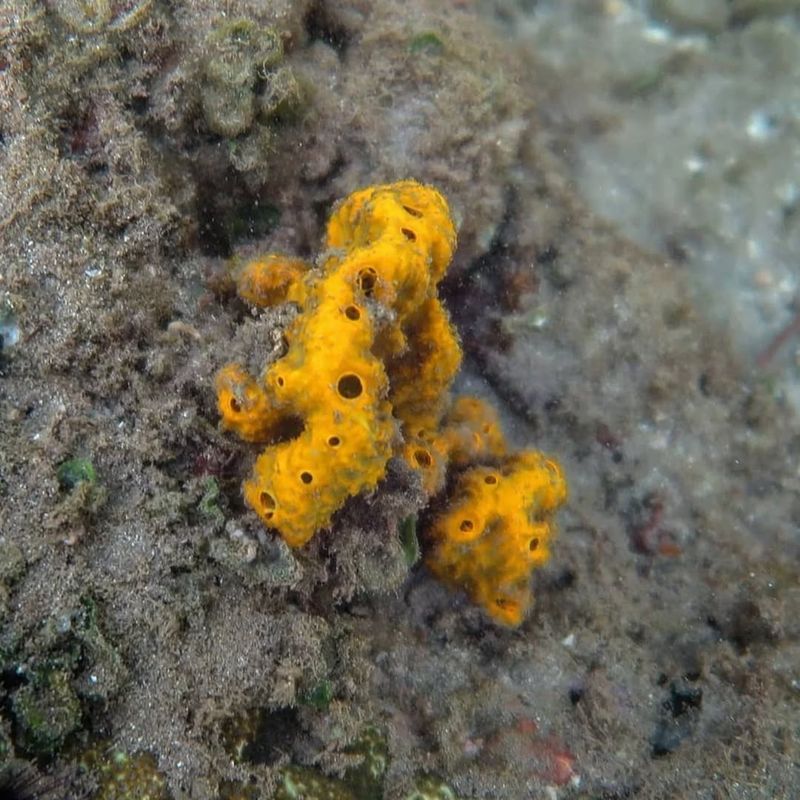
So that’s why Sponge Bob Squarepants is always happy! Sea sponges are among the earliest forms of multicellular life, thriving without a brain or nervous system. These simple organisms filter water to extract nutrients, a process facilitated by the coordinated action of their specialized cells.
Despite their simplicity, sponges play crucial roles in marine ecosystems by providing habitat and maintaining water quality. They can regenerate lost parts and adapt their shape and size to environmental changes.
4. Flatworms
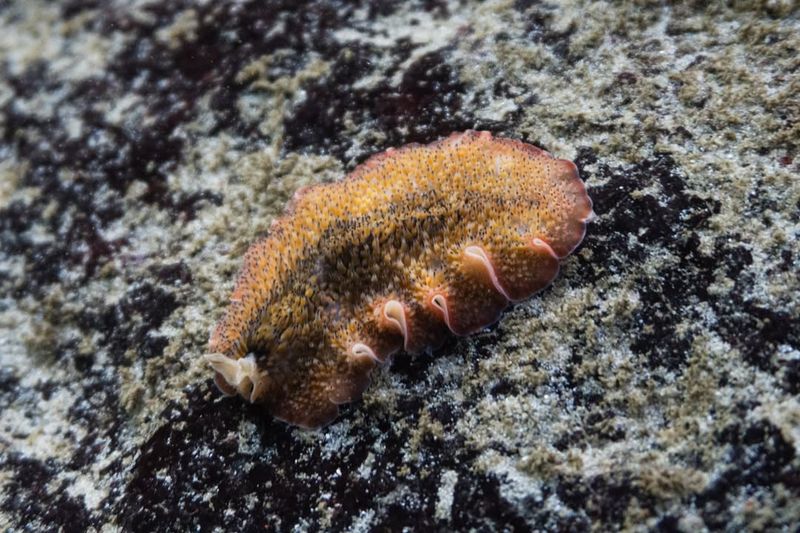
Flatworms are fascinating creatures famed for their regenerative abilities. Although lacking a traditional brain, they possess a cluster of nerve cells acting as a basic nervous system. This setup enables them to perform complex behaviors like seeking food and avoiding predators.
Flatworms’ ability to regenerate entire organisms from small body fragments is a testament to their cellular memory and adaptive capabilities. Their simple yet effective neural architecture allows them to learn from experiences, demonstrating a rudimentary intelligence that balances survival with adaptation.
5. Starfish

Starfish, or sea stars, are notable for their radial symmetry and ability to regenerate lost limbs. Despite lacking a centralized brain, they possess a network of nerves that enable coordination and movement.
Starfish exhibit complex behaviors like opening mollusk shells to feed, using their tube feet and hydraulic system. They can also perceive their environment through sensory cells on their skin, which detect light and chemical changes.
6. Sea Urchins

Sea urchins are intriguing marine creatures known for their spiny exteriors and lack of a centralized brain. Despite this, they exhibit remarkable behaviors, such as using their tube feet for locomotion and feeding.
These echinoderms possess a decentralized nerve net that allows them to respond to environmental stimuli in a coordinated manner. Their ability to sense light and move towards or away from it showcases a form of intelligence that operates without a traditional brain.
7. Ants
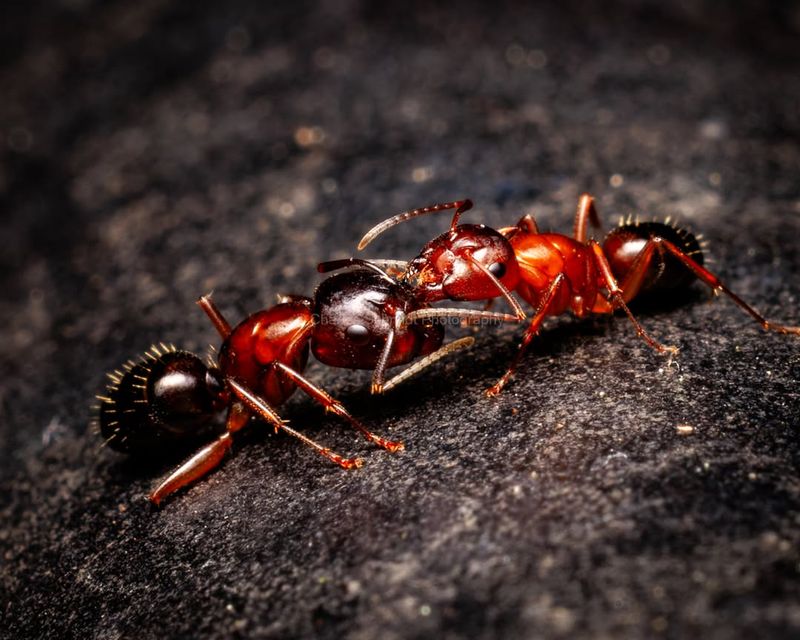
Ants are social insects renowned for their complex colony structures and cooperative behavior. Each ant operates without a brain, yet the colony as a whole functions with remarkable efficiency. Ants communicate through pheromones, enabling them to coordinate tasks like foraging and defending their nest.
Their ability to adapt to environmental changes and solve problems collectively demonstrates a form of intelligence rooted in social interaction.
8. Bees

Bees are essential pollinators, playing a vital role in ecosystems and agriculture. Despite lacking a centralized brain, they exhibit complex behaviors and communication skills.
Bees use a dance language to convey information about food sources, showcasing their ability to share knowledge and coordinate activities. Their hive organization is a marvel of efficiency and cooperation, with distinct roles for each member.
9. Amoebas
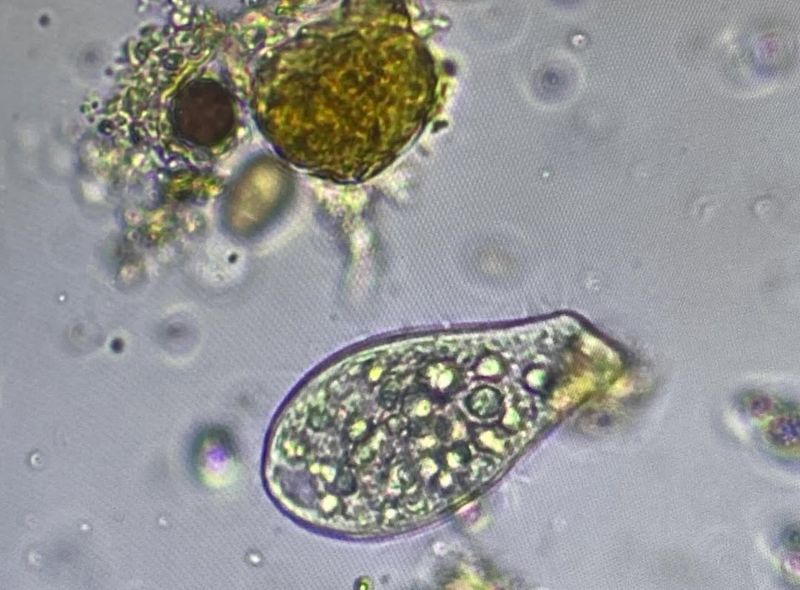
Amoebas are single-celled organisms that exhibit fascinating behaviors despite their simplicity. Lacking a brain or nervous system, they move and interact with their environment using pseudopodia, flexible extensions of their cell membrane.
Amoebas can change shape and direction, navigating complex terrains in search of food. Their ability to respond to stimuli, such as light and chemicals, demonstrates a basic form of intelligence.
10. Cuttlefish

Cuttlefish are cephalopods known for their remarkable ability to change color and texture. Despite lacking a traditional brain, they possess a sophisticated nervous system that enables complex behaviors. These intelligent creatures can communicate and camouflage themselves to avoid predators or hunt prey.
Cuttlefish exhibit problem-solving skills and memory, adapting their strategies to different situations. Their ability to learn and remember is evident in their social interactions and environmental responses.
11. Octopuses

Octopuses are renowned for their intelligence and complex behaviors, despite lacking a centralized brain. They possess a sophisticated nervous system distributed throughout their arms, allowing independent movement and coordination.
They are adept problem solvers, capable of opening jars and escaping enclosures. They communicate through color changes and body language, adapting to different social situations. Octopuses exhibit short and long-term memory, learning from experiences and interactions.
12. Slime Molds

Slime molds are extraordinary organisms that challenge our perception of intelligence. These single-celled entities can form complex networks to explore their environment and optimize resource acquisition.
Despite lacking a brain, slime molds exhibit problem-solving abilities, such as navigating mazes and finding efficient paths to food. Their ability to adapt to changing conditions and learn from experiences demonstrates a form of intelligence that transcends traditional neural structures.
13. Clams
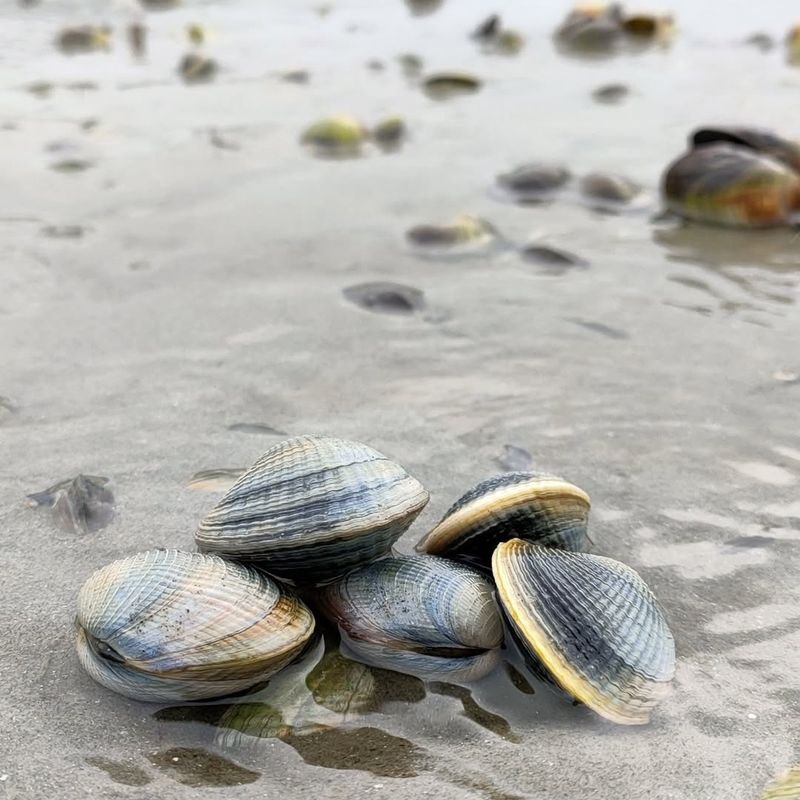
Clams are bivalve mollusks that thrive on ocean floors without a centralized nervous system. Despite their simplicity, they exhibit adaptive behaviors like burrowing into sand to avoid predators and filter feeding to extract nutrients.
Clams respond to environmental stimuli such as light and temperature, closing their shells for protection. Their ability to adapt to various environments demonstrates a form of intelligence rooted in survival.
14. Lobsters
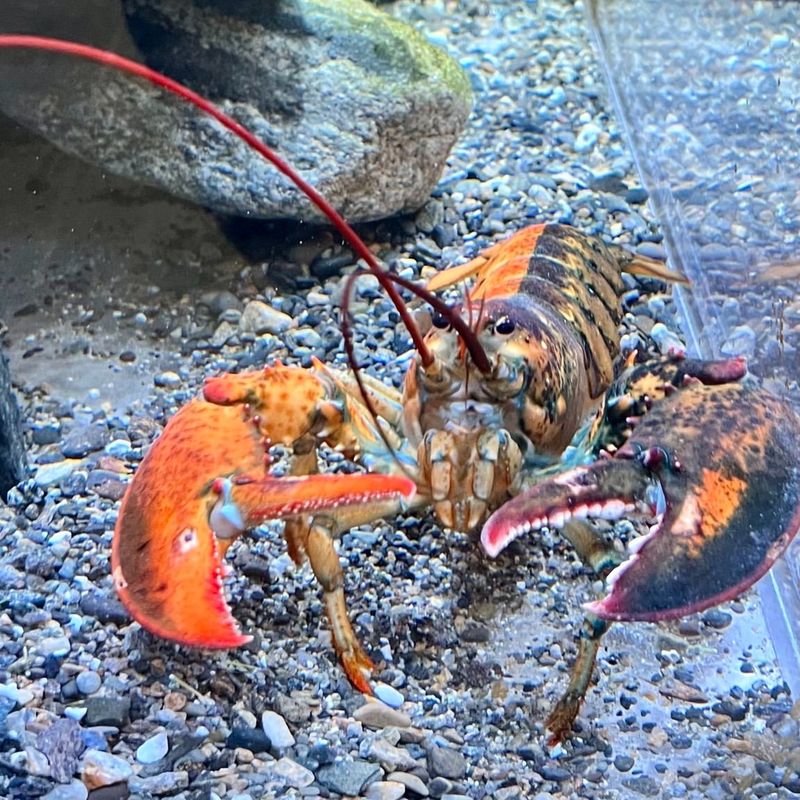
Lobsters are intriguing crustaceans known for their complex social behaviors despite lacking a centralized brain. Their nervous system is decentralized, allowing each segment to function semi-independently. Lobsters communicate through chemical signals and body language, showcasing social intelligence.
They exhibit problem-solving skills, such as escaping traps and navigating their environment. Lobsters are also known for their long-term memory, recognizing individual lobsters and establishing social hierarchies.
15. Squid
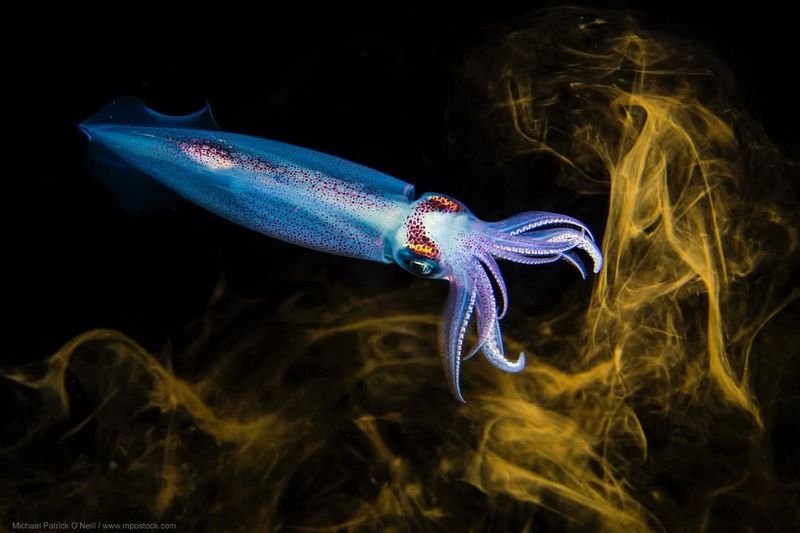
Squids are swift and agile cephalopods known for their intelligence and adaptability. Their nervous system, though not centralized, coordinates complex behaviors like hunting and communication. Squids can change color and texture for camouflage and social signaling, an ability controlled by their specialized skin cells.
These creatures exhibit problem-solving skills and memory, adapting their strategies to different environments. Squids’ ability to learn and remember experiences demonstrates cognitive abilities that rival those of more complex animals.
16. Cockroaches

Cockroaches are resilient insects known for their adaptability and survival skills. Despite lacking a centralized brain, they possess a network of ganglia that coordinates their functions. Cockroaches exhibit complex behaviors such as navigating mazes, remembering routes, and escaping threats.
Their ability to learn from experiences and adapt to environments highlights a form of intelligence rooted in survival. Cockroaches are also known for their social interactions, communicating through chemical signals.
17. Crabs
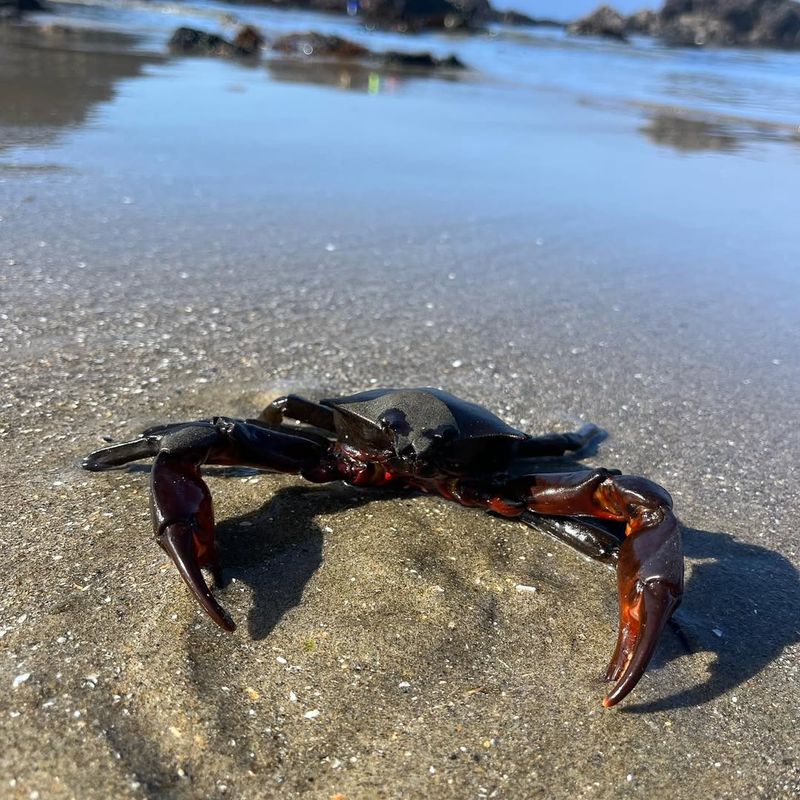
Crabs are fascinating crustaceans that exhibit remarkable behaviors despite lacking a centralized brain. Their nervous system coordinates movement and sensory input, allowing them to navigate complex environments.
Crabs communicate through gestures and chemical signals, engaging in social interactions and territorial displays. They exhibit problem-solving skills, such as opening food sources and building burrows. Crabs’ adaptability to diverse habitats, from ocean floors to land, demonstrates a form of intelligence that thrives on flexibility and resilience.
18. Barnacles
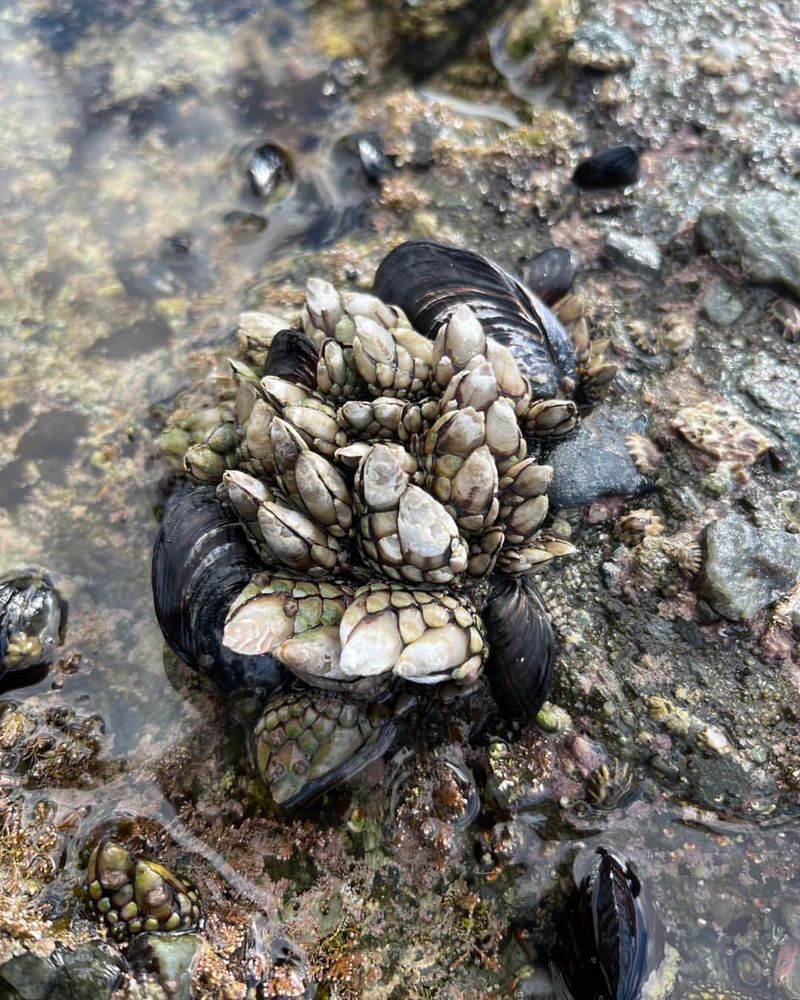
Barnacles are unique crustaceans that thrive in intertidal zones, attaching themselves permanently to surfaces. Despite lacking a brain, they exhibit fascinating behaviors like filter feeding and adapting to changing tides.
Barnacles respond to environmental stimuli, adjusting their feeding appendages based on water flow and availability of food. Their ability to withstand harsh conditions and remain anchored showcases a form of intelligence rooted in adaptation.
19. Planarians
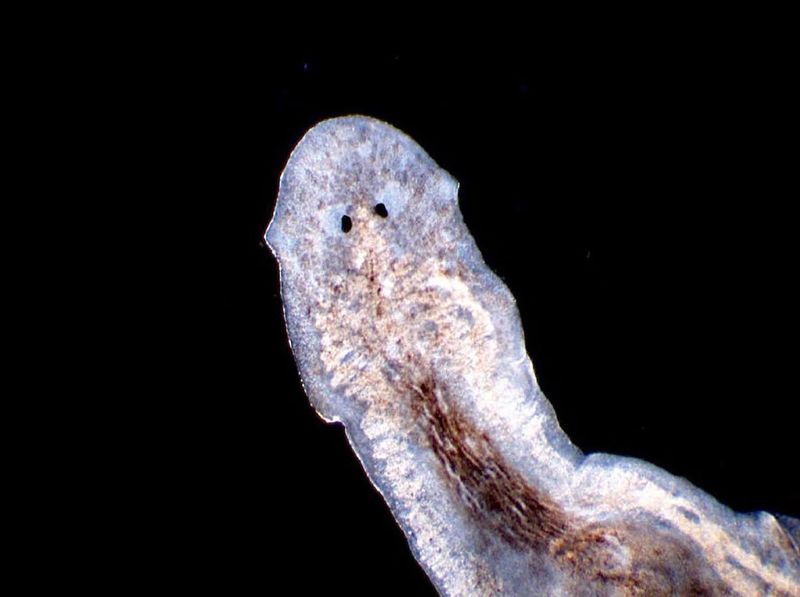
Planarians are flatworms renowned for their regenerative abilities, capable of regrowing entire bodies from small fragments. Lacking a traditional brain, they possess a simple nervous system that coordinates basic behaviors.
They exhibit rudimentary learning, responding to light and chemical cues in their environment. Their ability to adapt and regenerate demonstrates a form of intelligence focused on survival and resilience.
